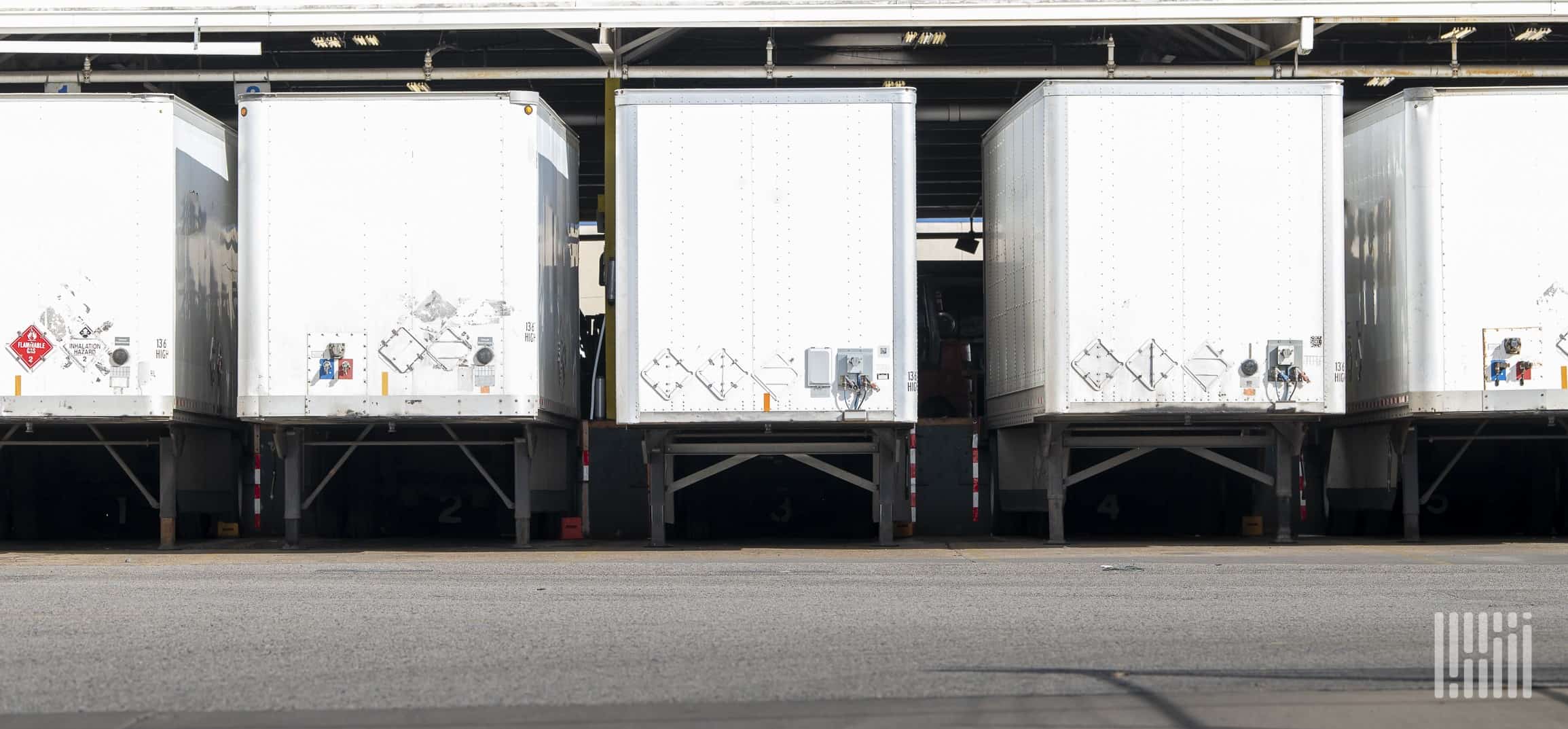Heavy equipment financing is a financial arrangement that can benefit companies of all sizes, from small businesses to large enterprises. But if you’re thinking about investing in heavy operating machinery for your company, there’s a lot to consider.
For instance, do you know what goes into the heavy equipment financing process?
In this article, we explain what it is and highlight nine steps you can take to secure it. Then we’ll tackle some of the most frequently asked questions on the topic.
What is heavy equipment financing?
Heavy equipment financing is a type of commercial loan or lease specifically designed to help businesses acquire heavy equipment.
Heavy equipment refers to large and expensive machinery used in industries like trucking, construction, agriculture, mining, transportation, manufacturing and more. Examples of heavy equipment include:
- Truck loading equipment, like forklifts, front loaders and pallet jacks
- Truck tractors and trailers
- Excavators
- Bulldozers
- Cranes and other specialized machinery
The financing is usually provided by banks, credit unions, specialized equipment financing companies or alternative lenders. Collateral may be required to secure the loan. If the borrower fails to make the required payments, the lender may have the right to repossess the equipment.
Terms and conditions vary depending on the lender and borrower’s financial circumstances. Typically they include factors like the loan or lease amount, interest rates, fees, repayment period and collateral requirements.
Why do businesses finance heavy equipment purchases?
Heavy equipment financing allows businesses to acquire the equipment they need without having to pay the full purchase price upfront. Instead, the equipment is financed through a loan, and the borrower makes regular payments over a set period of time. These installments typically include interest on the original price, and are paid until the loan is fully repaid.
It’s important to carefully review and understand the terms and conditions of the financing arrangement before entering into an agreement. Businesses should pay special attention to interest rates, fees and repayment obligations.
Consulting with a financial advisor or accountant can help ensure that financing options align with your financial goals and capabilities.
How to get equipment financing
If you’re looking to obtain financing for heavy equipment, there are some general steps you should be prepared to take. On a high level, this is what the process should look like.
- Determine your financing needs: First, assess your needs by identifying the specific type of heavy equipment needed and amount of financing required. This will help you understand the scope of your financing needs and develop a plan accordingly.
- Research lenders: Look for traditional banks, credit unions and alternative lenders that offer heavy equipment financing. Institutions specializing in financing heavy equipment may offer favorable terms and interest rates.
- Prepare your financial documents: Lenders require documentation to assess your creditworthiness, including your business financial statements, tax returns, bank statements and credit history. Make sure they’re up-to-date and organized to avoid a scramble.
- Check your credit score: Credit scores play a critical role in financing decisions, so check yours and take steps to improve it if necessary. A higher score increases your chances of obtaining favorable financing terms. If your credit is bad but you need financing immediately, check out these recommendations for bad credit equipment financing companies.
- Gather equipment details: Be ready with detailed information about the heavy equipment you plan to finance, including make, model, year and condition. Lenders will use this information to assess its value and condition.
- Prepare a business plan: A well-prepared plan demonstrates your business’s viability and future prospects. Outline your goals, financial projections and repayment plan to increase the likelihood of securing financing.
- Submit loan applications: Once you’ve identified reputable potential lenders, submit loan applications with all required documentation. Carefully review loan terms, including interest rates, fees and repayment schedules. Ask about anything you don’t understand.
- Compare offers: If you receive multiple loan offers, compare them to determine which one best fits your needs. Consider consulting with a financial advisor or accountant if needed.
- Complete the loan process: Once you’ve chosen a lender, complete the loan process by providing any additional documentation required and signing the agreement. Make sure you understand all terms and conditions before signing.
All that’s left after that is to take delivery of the equipment and put it to use in your operations.
Make sure to submit timely payments and fulfill all the obligations outlined in the loan agreement. This is important to maintain a good relationship with your lender and protect your credit score.
Heavy equipment loans may be a smart move for your business
If you need heavy machinery but don’t have the cash flow to purchase it outright, financing could be the answer. By understanding the equipment loan application steps upfront, you can help ensure that the lending process runs smoothly.
Identifying a reputable heavy equipment financing company may be the most crucial part of your entire purchase.
Consider lenders with specialized heavy equipment finance solutions for your industry, and see what others have to say about them. Ask industry contacts for recommendations, and go online to read customer reviews. After all, a little extra due diligence may save you a lot of time, money and frustration in the end.
FAQ
Typically from one to 10 years. Shorter-term equipment loans may be available for equipment with a shorter useful life or a lower cost. Longer-term financing may be available for more expensive or specialized equipment with a longer useful life. Also, longer repayment terms are possible for financially stable borrowers with good credit histories.
Generally a credit score of 660 or higher is considered good enough to secure financing for heavy equipment. However, you should note that each lender has its own credit score requirements and criteria for evaluating loan applications.
The average interest rate on equipment financing in the U.S. typically ranges from 4% to 20%. Ultimately it depends on the lender, type of equipment, borrower creditworthiness, and specific loan or lease terms.


